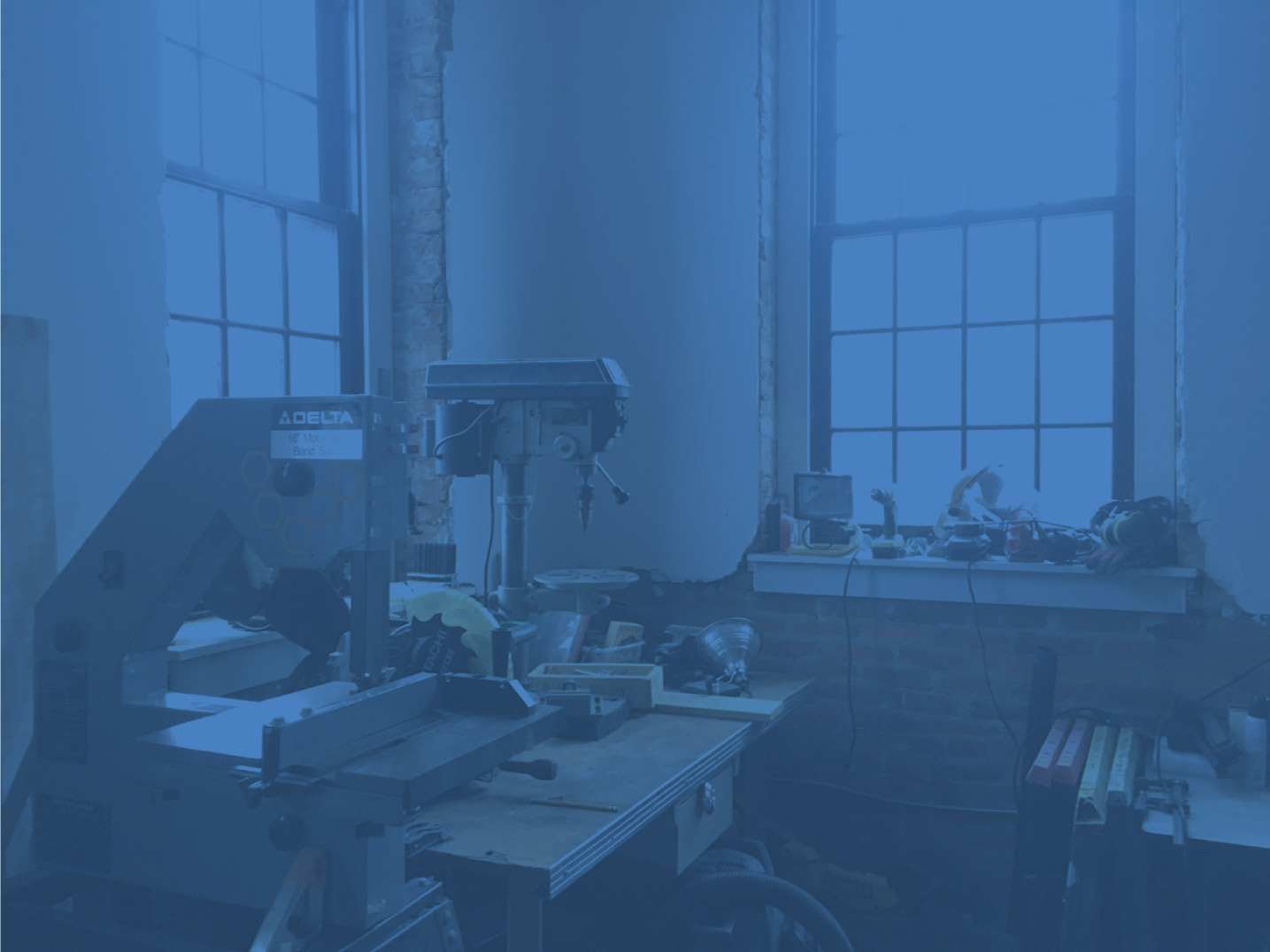
Ok, you probably can’t make the baby grand in this picture, and even the metronome is likely to be a serious DIY challenge — but you can definitely make a pretty accurate DIY scale, and you can do it cheaply and easily.
I needed an accurate scale for a science project and knocked this baby together (based on this design) using found parts. I was able to easily measure to centi-gram precision and with a little care, a scale like this could be tuned to measure to milligram precision.
Precision (the ability to discriminate between differences in mass) is largely a matter of careful construction — accuracy (the ability to weigh to an agreed upon standard) is another matter altogether, and it basically hinges on having an accurate reference. Fortunately, a great institution, born of Philly — the U.S. Mint — was wise enough to make Nickels and Pennies in rather convenient dimensions. It turns out that nickels are 5.000 grams and pennies are 2.500 grams — so you not only have sub-milligram accurate references of convenient size — you also have an easy way to cross-check your scale by using nickels to weigh pennies and vice-versa.

The zoomed in photo shows most of the essential elements of construction. Basically, I used a threaded 10-24 rod for the balance (10-32 would have been a better choice). I used a wall-board razor as my knife-edge pivot point. Two angle-brackets served as a hard, flat surface for the knife edge. A nickel with a hole in it and some thread served as a reference weight (I wound up with a whole array of perforated nickels and pennies). A wall-board T-square served to measure the distance from the pivot to the reference weight. I used an index card and a small mirror to make a sliding mirror in order to read the position of the weight w/o parallax error. The whole shootin’-match was held on a stand that was salvaged from a cheap drill-press. Measurements were performed by reading the distance between the movable weight and the pivot point, and entering that value in a Google Docs spreadsheet.
I definitely could have purchased a milligram scale for far less than this cost me in terms of spare time, but I learned a lot about scales in the process. Almost all of it was stuff that I knew “in principle” — but actually building the scale infused my arm-chair knowledge with real-world experience, yielding an alloy whose properties seem to have exceeded its constituent parts.
The scale was nowhere near large enough to measure my satisfaction, but I estimate that this exercise yielded just about one metric ton of fun.


That’s an awesome scale, nice job!
I would be cautious about using coins as reference weights. I’ve weighed 3 different pennies and found 3 different weights, differing by a couple tenths of a gram. I assume all the coins from a given year / style are pretty similar to each other.
Yeah, I did a little research after the fact and found that the standard deviation of pennies and nickels of the same minting are in the several hundredths of a gram range.
For this experiment (conversion rate of varying sucrose concentrations to microbial cellulose), we could easily tolerate a few percent error in accuracy — but we needed pretty high precision to distinguish between individual samples because the total yields are relatively small.
I’m kind of obsessed now with designing an open-source analytical balance that is compact, elegant, precise and easy to build — probably a hybrid with a micro-controller and a galvanometer (the galvanometer can be used for active damping and also pick off the milligrams portion of the measurement).
That would be pretty awesome, particularly if it could be modified such that it would weigh at truly milligram or better precision and similar accuracy. Cool!